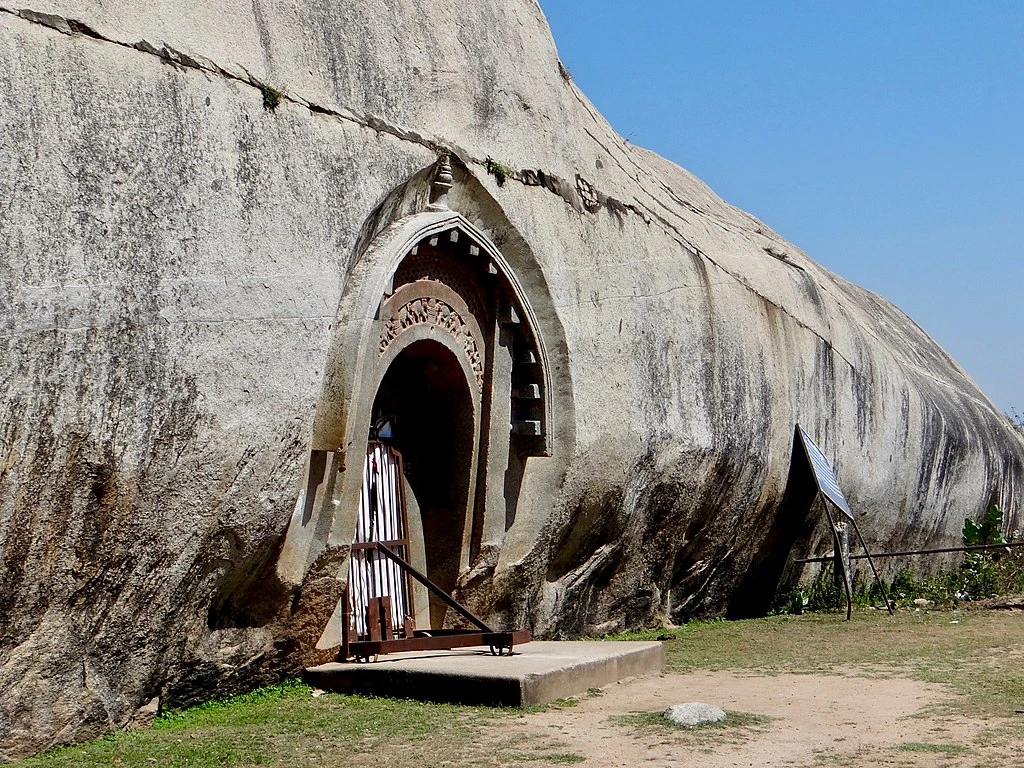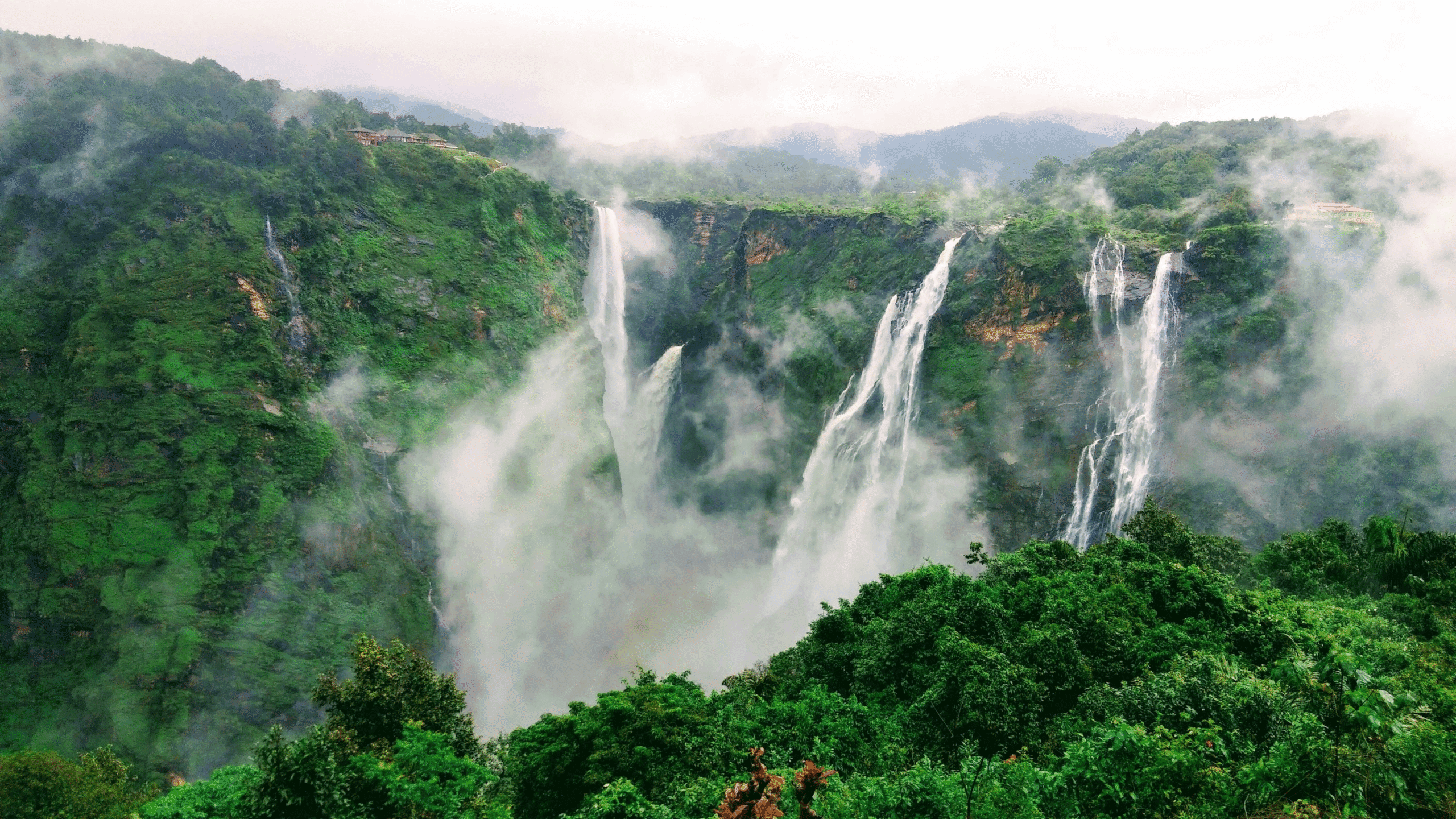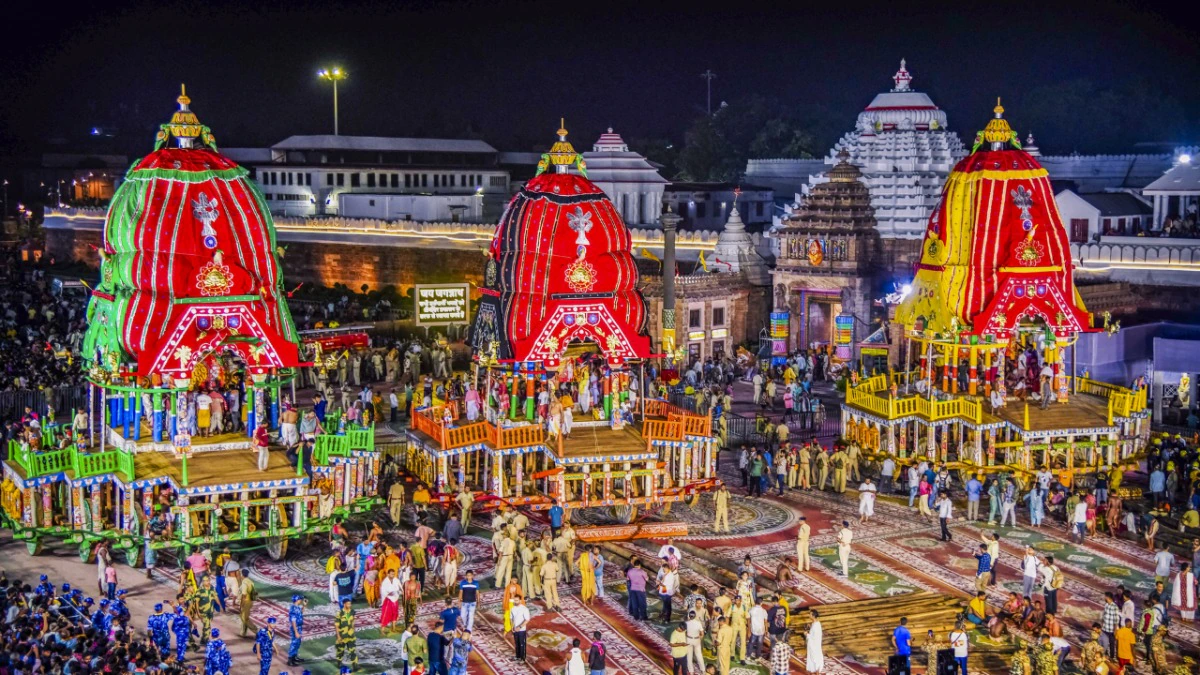Barabar Caves: India’s Oldest Rock-Cut Caves from the Maurya Empire
Hidden in the hills of Bihar, the Barabar Caves stand as silent sentinels of India’s ancient architectural brilliance. Dating back over 2,200 years to the time of the Maurya Empire, these caves are widely regarded as the oldest surviving rock-cut caves in India, offering a rare glimpse into early ascetic traditions and stone-carving mastery.
Where Are the Barabar Caves Located?
The caves are nestled in the Jehanabad district of Bihar, spread across two small hills Barabar Hill and the nearby Nagarjuni Hill.
Barabar Hill features four main caves:
- Lomas Rishi Cave
- Sudama Cave
- Karan Chaupar Cave
- Visvakarma Cave
Nagarjuni Hill, slightly to the north, hosts three additional caves, often grouped under the name Nagarjuni Caves.

Historical Significance and Religious Purpose
Mauryan Patronage
The Barabar Caves were carved during the reign of Emperor Ashoka (273–232 BCE) and his grandson Dasaratha, making them over two millennia old. Inscriptions in Brahmi script found inside the caves confirm their origin and dedication to a now-extinct sect.
The Ajivika Sect
The caves were originally built for the Ajivikas, an ascetic sect that flourished alongside Buddhism and Jainism. The Ajivikas were known for their fatalistic beliefs, denying free will and asserting that destiny governed all life. These caves served as meditation spaces and monastic retreats for Ajivika monks.
Later Use
Over the centuries, as the Ajivika sect faded, the caves were repurposed by Buddhists, Jains, and Hindus, evident through later carvings, inscriptions, and iconography found in and around the site.

Architectural Marvels of the Barabar Caves
The Barabar Caves are not just ancient they are architectural masterpieces that laid the foundation for later Indian rock-cut cave design, such as those at Ajanta, Ellora, and Karla.
1. The Legendary Mauryan Polish
One of the most striking features of these caves is the mirror-like polish on the granite walls, now famously called the Mauryan polish. The smooth surfaces not only exhibit aesthetic beauty but also produce a unique echo effect, showcasing the technical skill of the artisans.
2. Dual-Chamber Layout
Most caves follow a two-room layout:
- A rectangular hall for gatherings or teaching
- A circular or oval domed chamber intended for worship or deep meditation
This two-part structure influenced many future chaitya (prayer hall) designs across India.
3. The Chaitya Arch
The most iconic architectural element is the chaitya arch, especially prominent in the Lomas Rishi Cave. This arch, carved into stone, mimics wooden hut entrances and features decorative elements that later became standard in Indian temple architecture.

Why You Should Visit the Barabar Caves
If you’re a history buff, architecture enthusiast, or spiritual seeker, the Barabar Caves are a must-visit destination. These caves are not only historically and spiritually significant but also surprisingly well-preserved given their age.
- How to Reach: The caves are about 24 km from Gaya, a major railway and tourist hub in Bihar.
- Best Time to Visit: October to March, when the weather is pleasant for trekking and exploration.

Final Thoughts
The Barabar Caves are more than ancient shelters carved into stone; they are timeless markers of faith, empire, and artistry. Their influence echoes through centuries of Indian architecture, making them a cornerstone in the evolution of sacred spaces in South Asia.
From the smooth granite surfaces to the spiritual resonance embedded in every echoing chamber, Barabar is where India’s architectural journey begins, carved in silence, preserved in stone.
Discover more from SparkMantis
Subscribe to get the latest posts sent to your email.



